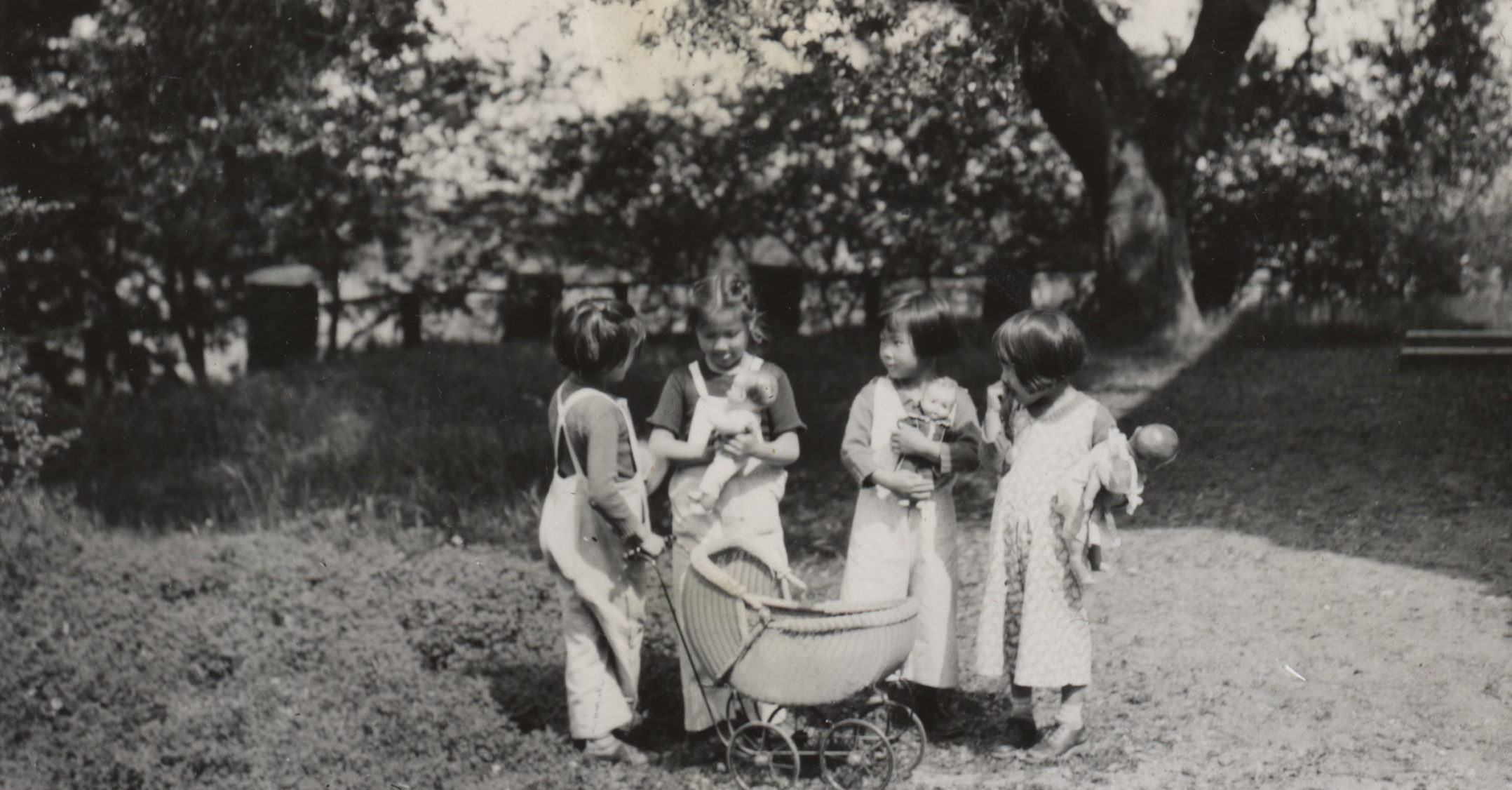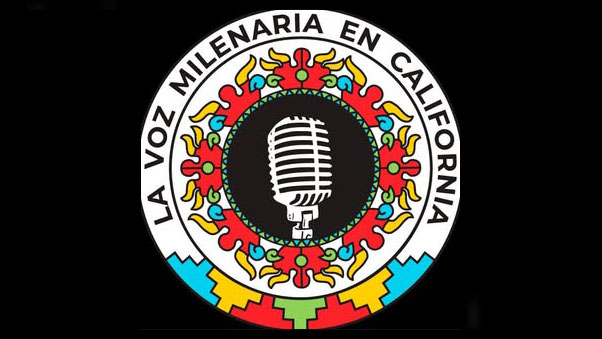The Story of the Ming Quong Homes
Researched and written by Elena B. Wong Viscovich, Ed.D, Ming Quong alumna
A Safe Haven for Chinese Girls
From 1925 to the late 1950s, Ming Quong Home welcomed more than 400 girls who needed a safe and positive home environment. During their early years, Ming Quong was the only institution in the entirety of North America that would accept Chinese girls needing help and a safe home. Chinese, Chinese American and Chinese biracial girls were sent to Oakland and later Los Gatos from as far away as Canada, Mexico, Panama and the east coast of the United States.
The Beginning
Starting in 1877, two prominent missionaries, Margaret Culbertson and later Donaldina Cameron began working to save Chinese women and girls from human trafficking, particularly in San Francisco’s Chinatown. Once rescued, the missionaries and their saved victims needed a place to stay. Thus, the first safe house, a small flat in Chinatown at 8 ½ Prospect Place called the Occidental Presbyterian Mission Home, was established in 1874. The demand for housing for victims and staff continued to quickly increase. The Mission Home then moved to 933 Sacramento Street in 1876 and again to 920 Sacramento Street in 1893. “920” was slated to house fifty people.
While accommodating the rescued victims, Ms. Cameron also made a place for the young, abandoned and needy children of Chinatown. Before long, the Presbyterian Mission Home swelled to over seventy occupants, and Ms. Cameron needed separate housing for just the children.
Ms. Cameron decided it was necessary to separate children from the victims of human trafficking. She, along with the Tooker sisters and other supporters, founded the Tooker Memorial Home in Oakland, across the Bay. This was in 1915, forty-one years after the opening of the original safe house in San Francisco.
Quickly, Tooker Memorial Home was overflowing. Besides the young girls, there was a need to accommodate needy boys. Another home was established in Berkeley and later in El Cerrito, also across the Bay from San Francisco, just for boys. Because of the generosity of the Baptist Missionary Church and the leadership of Dr. Charles Shepherd, Chung Mei Home for boys was opened in 1923.
Establishing the Ming Quong Home
By the early 1920s, Tooker Memorial Home became overcrowded. Ms. Cameron continued her efforts to find a larger home for the girls. As the Chinese and Chinese American community at large were transitioning to a more Westernized culture, additional family challenges were generated for young Chinese girls needing help. These included circumstances such as parents getting divorced, dysfunctional families or violent marriages, non-acceptance of a stepparent, summer boarding for girls of divorced parents, orphans or maternal/paternal orphans without supervision, emergency refugee status, as well as mental/physical health challenges.
Ms. Cameron persuaded Captain Robert Dollar, who was the magnate of the Dollar Steamship Lines, to buy land on the Mills estate in Oakland to build another home. In 1925, because of their efforts, Ming Quong (translated as “radiant light”) Home in the Oakland Hills was completed. In fact, one can find Ming Quong Road on the Mills College campus to this day.
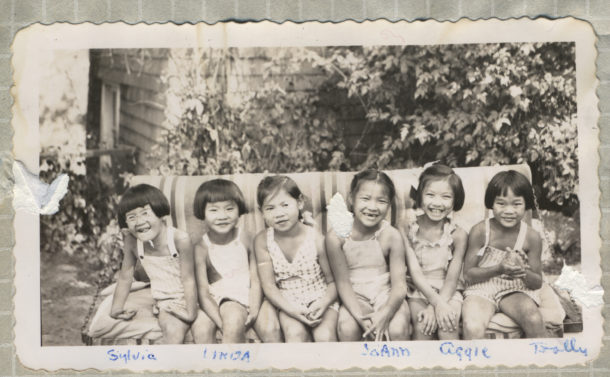
The Expansion
Oakland’s Chinatown began to expand and flourish in the 1930s. When this happened, Ms. Cameron recognized the need to maintain Chinese tradition and Oakland’s Chinatown began to expand and flourish in the 1930s. When this happened, Ms. Cameron recognized the need to maintain Chinese tradition and culture for the older Ming Quong girls. That and continuing health problems caused by diseases such as asthma and tuberculosis required the expansion into yet another facility. The girls were reorganized into two age groupings; older girls (high school and junior high school age) and younger girls (pre-school to elementary school age).
The original Ming Quong Home on the Mills estate was sold, and two new campuses were opened. Near Oakland’s Chinatown, at 51 9th Street, the campus for older girls was built in 1935. The other facility was established in Los Gatos at 499 Loma Alto Avenue. This was in 1934 and was for the younger girls and those having health challenges.
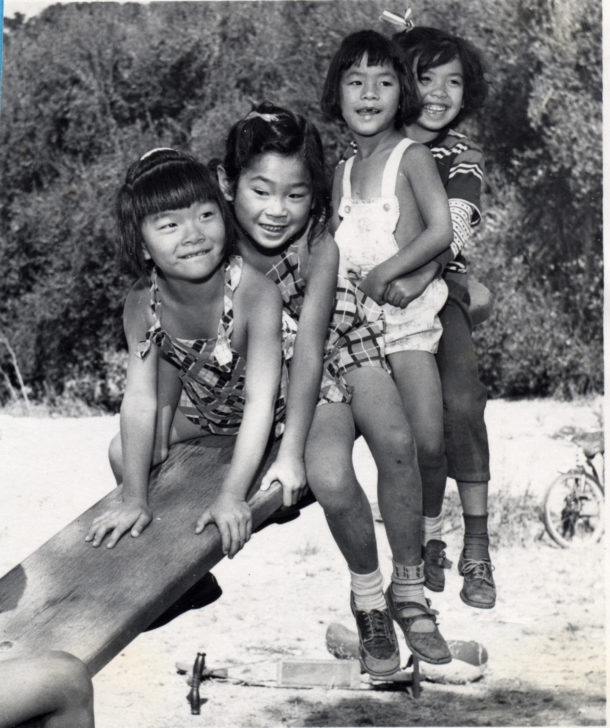
The 1950s and Later
By the early 1950s, the number of Chinese girls needing a residential home declined significantly. County social services and the end of racial discrimination during the post-war boom brought an end to much of the need. It was decided that Ming Quong Home would begin to accept referrals from both public services agencies and juvenile courts. Where once Ming Quong Home only operated with private funds, it now accepted public funding and opened its doors without restrictions based on race, creed or gender.
In 1953, Ming Quong Home in Los Gatos opened enrollment to boys and all needy children. The Presbyterian Church began phasing out its sponsorship of Ming
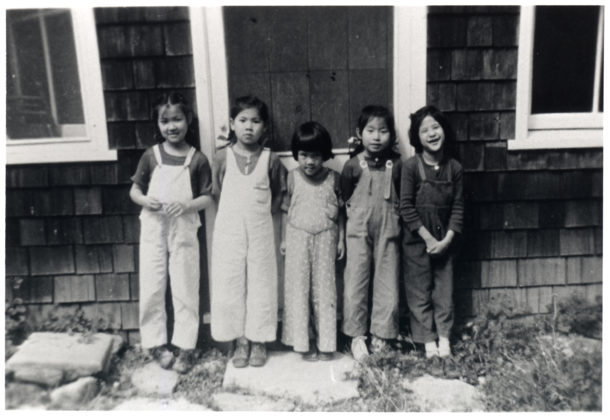
Quoug Home. In 1958, Ming Quong Home at 51 9th Street, Oakland was closed for good.
By 1987, Ming Quong Home in Los Gatos merged with the Eastfield Children’s Home and became “Eastfield Ming Quong (EMQ) Children and Family Services”.
Conclusion
Among the hundreds of children who passed through the portals of Ming Quong Home, the vast majority went on to lead very successful lives. Ming Quong imbued these children with lifelong values and a strong work ethic. All this from the work of but a few dedicated missionaries who started in early San Francisco.
In 1968, at the age of 98, Donaldina Cameron died in her bed in Palo Alto, California.




